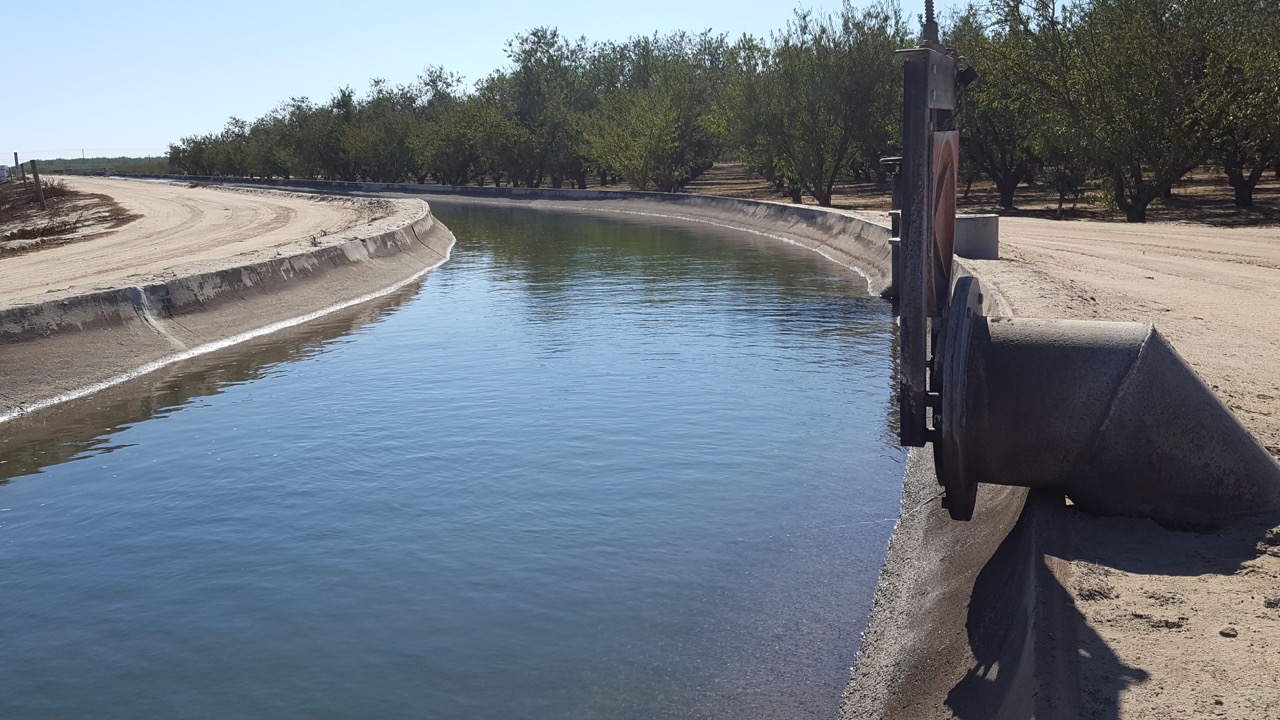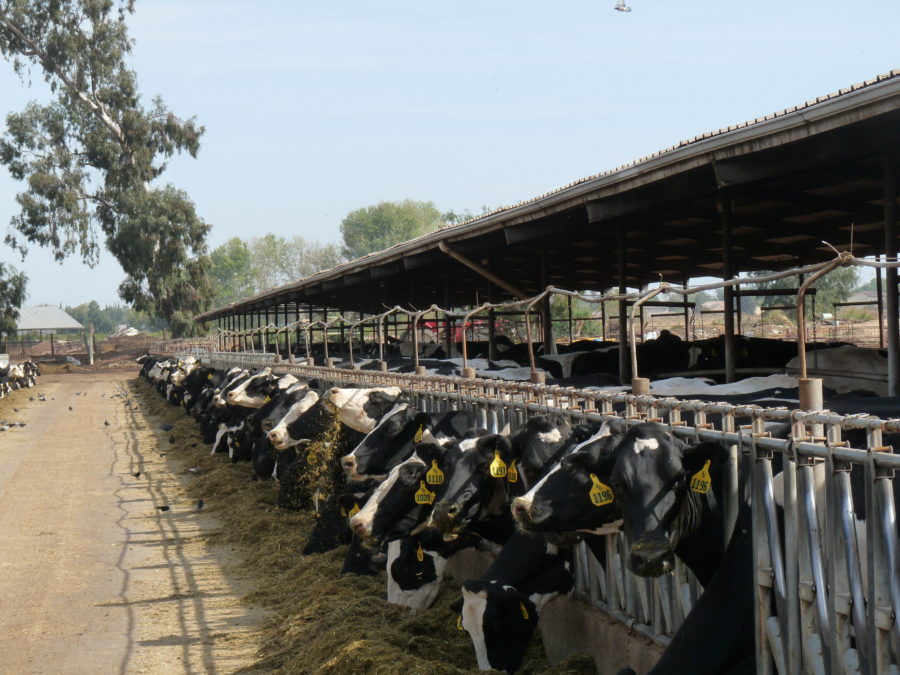DPR Has Big Funding for Pest Managment Program
The Department of Pesticide Regulation’s (DPR’s) 2020 Pest Management Research Grant solicitation is now available
See the Grant here: http://www.cdpr.ca.gov/docs/
This year, the Pest Management Research Grant Program will allocate:
1- $2,100,000 to fund projects that identify, develop, and implement safer, practical, and sustainable pest management alternatives to Chlorpyrifos. DPR will consider proposals requesting $150,000 to $500,000.
2- $500,000 to fund projects that develop methods or practices to reduce risks associated with pesticides of high regulatory concern and/or are considered to high-risk and which can be incorporated into an IPM system. DPR will consider proposals requesting $50,000 to $500,000.
Concept proposals must be submitted by 5:00 PM PST on Monday, October 7, 2019.
Concept application must be downloaded from DPR’s Research Grants webpage, here:
https://www.cdpr.ca.gov/docs/
A Proposal Package will be provided to applicants invited to submit full proposals.
Completed Concept and full Proposal applications must be submitted to the following email address: dprpmgrants@cdpr.ca.gov
If you know groups or individuals who may be interested in applying for a Pest Management Research Grant, we encourage you to pass on this information.
For additional information on the Pest Management Research Grant Program, please visit http://www.cdpr.ca.gov/docs/
If you have any questions, please contact Atefeh Nik at 916-445-2509 or Atefeh.nik@cdpr.ca.gov or John Gerlach at 916-445-3909 or John.Gerlach@cdpr.ca.gov.






















